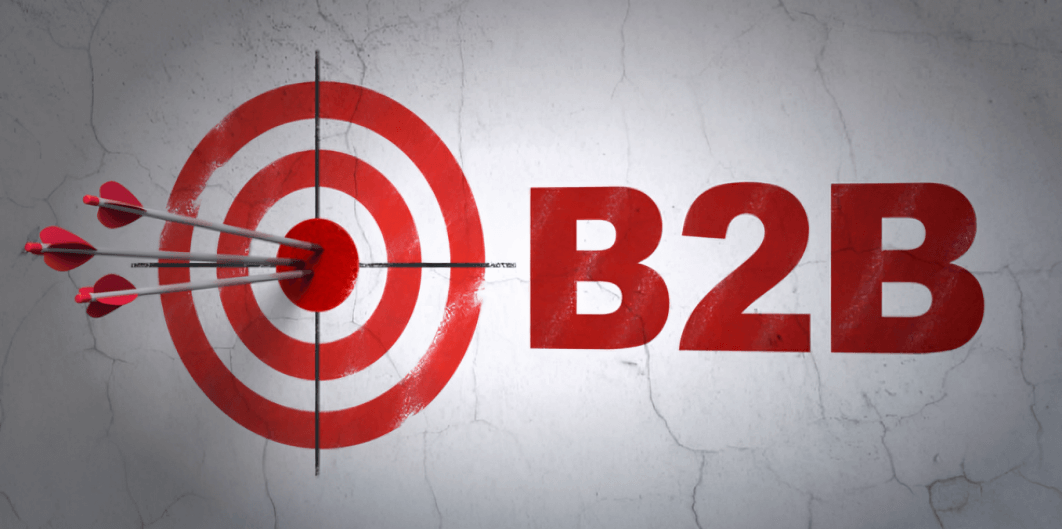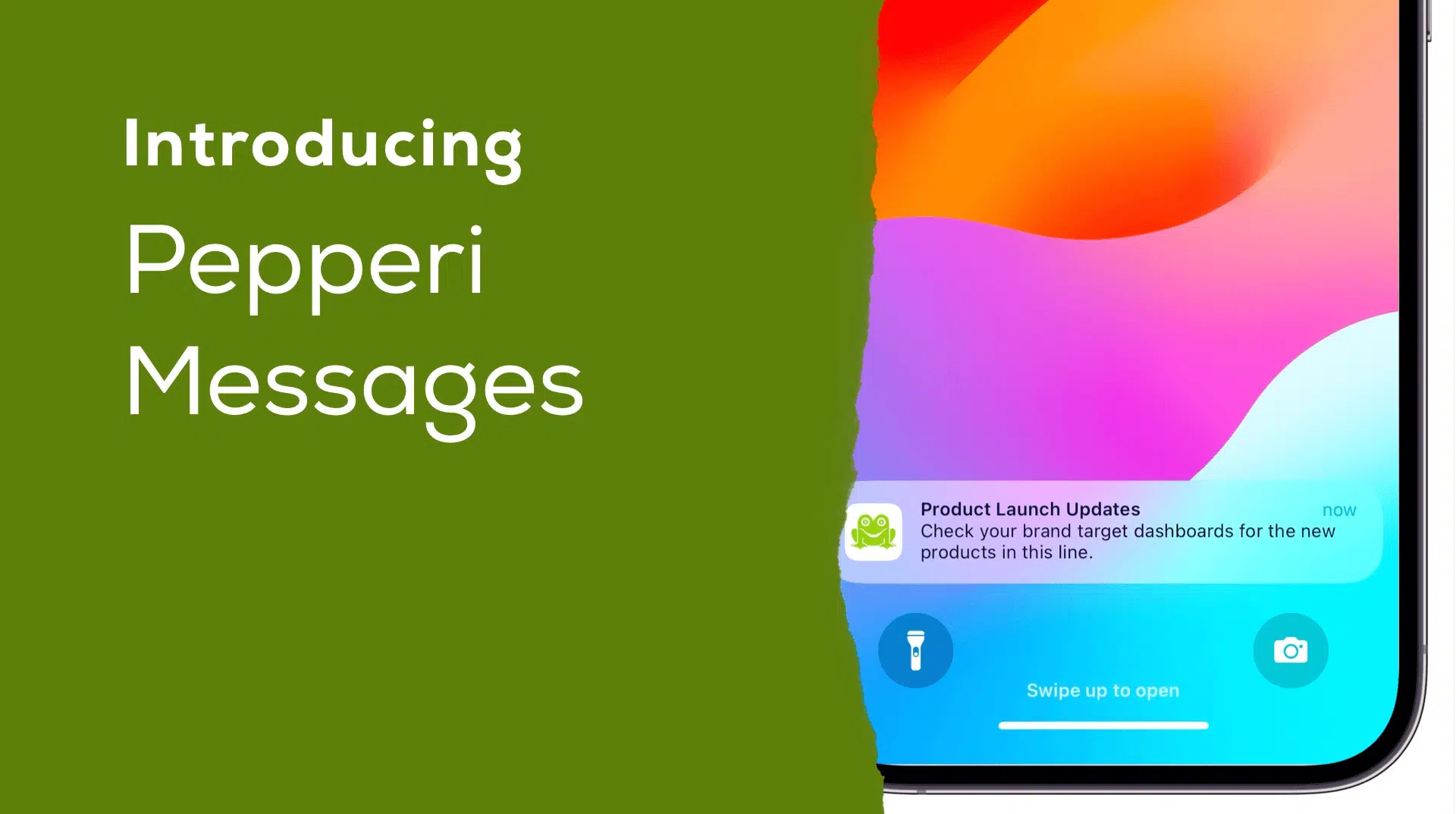Pull vs. Push B2B Marketing
April 25, 2021 By Stacey Woods

- How marketing can greatly assists b2b companies in aqcuiring customers.
- What are the adavantages and disadvantages of Pull Marketing.
- What are the advantages and disadvantages of Push Marketing.
Acquiring customers is something that many b2b oriented companies struggle with at some point. Whether it is a new start-up looking to get their name and products/services known, or an established company expanding to new customers, marketing plays a very significant role.
Right now, the hottest trend in marketing is inbound (pull) tactics which involve getting customers to come to you by offering helpful and informative materials. Examples would include:
- Creating informational products (e-Books, reports, white papers)
- A company blog
- Search Engine Optimization
- Content marketing
The alternative would be outbound (push) tactics which are often seen as more traditional. Outbound marketing focuses on approaching new customers directly, mainly through paid advertising. This includes methods such as:
- Direct mail
- Internet ads
- Cold calls
- Press releases
While some marketers and sales reps will debate over which method is better, there is no clear cut winner.
Pro Tip: Leverage Pull Marketing for Sustainable Growth by Creating High-Value Content: Focus on producing informative and engaging materials like eBooks, white papers, and blog posts.
Advantages of Pull Marketing
One reason many businesses are leaning towards inbound marketing is because it removes a lot of the friction or pressure involved with outbound marketing. Instead of actively attempting to persuade customers that they need your product or service, you get to let them be drawn to you naturally.
With a pull approach, businesses in search of a product or a solution will eventually find it. Whether it is through social media or search engines, they will review a few solutions, decide which one meet their requirements the best and probably go for it.
A pull approach can also save money. The only major resources needed are time and skills. Company employees can create the content to be used for inbound marketing efforts, and the materials can be distributed through free avenues such as social media and blogs.
Disadvantages of Pull Marketing
While pull marketing is more cost effective than push marketing, there are some downsides. Pull marketing is labor intensive. A lot of time and effort must go into creating content for blogs, social media, reports, and other marketing materials.
Pull marketing can also be nearly impossible to measure. It’s difficult to attribute acquisitions of new clients to a blog post or White Paper. In addition to this, a person has to already know that they have a need for the product or service being offered. This means that companies that strictly focus on inbound marketing are missing out on a huge share of the market by excluding people that do not even know that their service or product can benefit them.
Advantages of Push Marketing
While pull marketing is great for reeling in businesses looking for a particular type of service or product, there are many cases where they will not have any idea that certain services exist. In these instances, push marketing can be much more effective than pull marketing. This is often the case with b2b products or services that are brand new to the market. For example, when Facebook began advertising their Facebook Pages for businesses feature, it was a service that many companies had to be made aware of. Creating a White Paper that outlined the benefits of a Facebook Fan Page for businesses would not have been as effective as the ads Facebook ran to promote the feature.
Additionally, it is much easier to measure the effectiveness of outbound marketing techniques. A PPC ad campaign will provide complete analytics so that companies can determine where leads are coming from, the CAC metric, and other relevant marketing data.
Pro Tip: Utilize Push Marketing for Immediate Impact by Targeted Advertising: Use paid advertising methods such as PPC campaigns, direct mail, and targeted social media ads to reach potential customers
Disadvantages of Push Marketing
Push marketing is capital intensive. Generating a successful advertising campaign can cost thousands or even millions of dollars. Unfortunately, the money spent on push marketing does not always yield positive results. A flyer costs the same to produce no matter how well it converts, so the money spent might not provide any ROI.
With outbound marketing, companies are limited by finances. This is a big disadvantage in competitive industries. A new company looking to get into the insurance industry will need a large sum of capital to compete with amount of money established companies such as Geico and All State spend on outbound marketing.
Ultimately, businesses should be using a mix of push and pull marketing to get the best results. Each method makes up for the shortcomings of the other, and both are needed to reach the widest audience possible.
Pro Tip: Focus on Customer Needs and Awareness by Understanding your Audience: Whether using pull or push methods, ensure that your marketing efforts are aligned with your customers’ needs and pain points.
Key Takeaways
- Currently, the hottest trend in marketing is inbound tactics.
- Pull marketing requires time & skills.
- Push Marketing is great for getting your product out there when it's still unknown (branding).

























